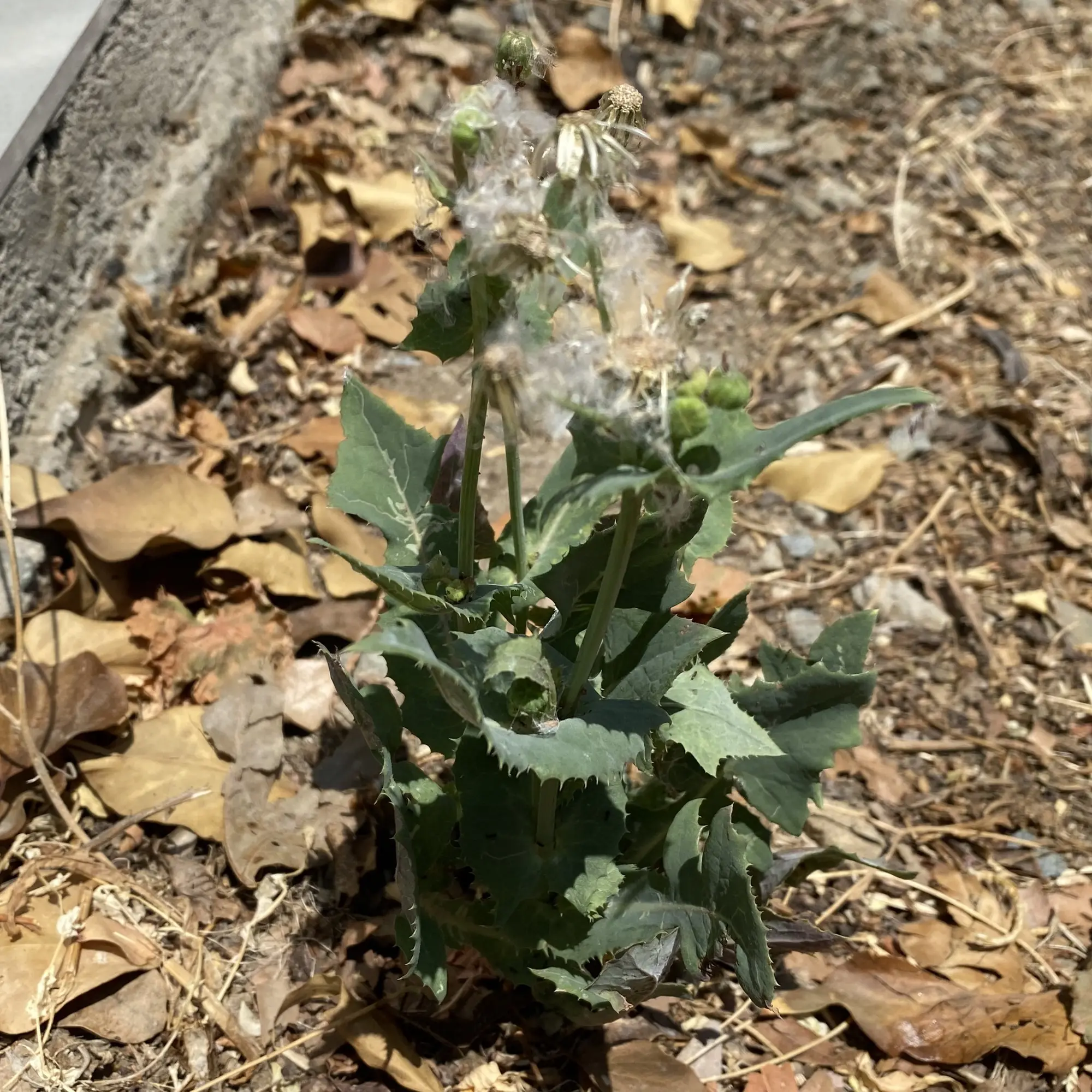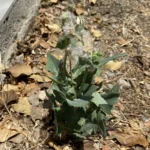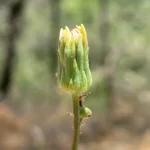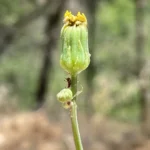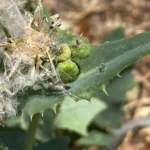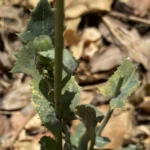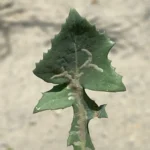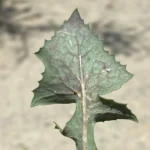Γαλατούνα, Τζιόγχος, Γαλατόχορτον, Σόγχος ο τραχύς υποείδος ο γλαύκος
Etymology of Sonchus asper subspecies glaucescens
"Sonchus" was called in ancient Greece "σόγχος" [sonkhos] and "σόγκος" [sogos], but the etymology is of unknown origin (the word could be Pre-Greek). The name is nevertheless from the classical times mentioned by Theophrastus and Dioscorides. Latin "asper" means "rough, sharp, coarse", referring to the shape of its leaves. The specific epithet "glaucescens" is both a New Latin (from Latin "glaucus") and an Ancient Greek term (γλαυκός) meaning "bluish grey", referring to the color of the plant.
How to recognize Sonchus asper subspecies glaucescens in Cyprus
Sonchus asper subspecies glaucescens, known as the Prickly Sowthistle, is a common plant across various landscapes, and presents a fascinating study in botanical identification, particularly when examining its different subspecies and potential hybrids. While often dismissed as a weed, a closer look at its morphology, especially features like leaf texture, stem and bract hairiness, and crucially, the structure of its mature seeds (achenes), reveals distinct characteristics that allow for precise classification. When comparing this particular plant to other Sonchus species in Cyprus [Sonchus asper subspecies asper, and Sonchus oleraceus], several key distinctions emerge:
Leaves
The leaves of Sonchus asper subspecies glaucescens are immediately striking due to their distinctly prickly margins, a feature that lends the common name "prickly sowthistle" [asper] to its broader species. Beyond the prickles, the leaf surface possesses a glaucescent quality, appearing with a noticeable bluish-green or waxy bloom rather than a plain green. The surface itself is glabrous, meaning it is entirely hairless.
This contrasts sharply with Sonchus oleraceus, often known as Smooth Sowthistle, whose leaves are consistently smooth, soft, and completely devoid of prickles along their margins.
While Sonchus asper subspecies asper also shares the characteristic prickly margins, its leaves are more typically described as shining green, though some degree of glaucousness can occasionally be present.
Auricles
In Sonchus oleraceus, the auricles are typically rounded or blunt and often clasp the stem loosely, sometimes appearing almost absent in the upper leaves.
For Sonchus asper subspecies asper, the auricles are generally sharply pointed and often stiffly or rigidly clasp the stem, giving them a more prominent and often prickly feel where they meet the stem.
Sonchus asper subspecies glaucescens shares this characteristic with its asper counterpart, exhibiting sharply pointed auricles that rigidly clasp the stem, often mirroring the prickly nature of the leaf margins.
Achenes (Seeds)
The most critical feature for definitive identification of Sonchus species lies in the morphology of their achenes, or seeds. The achenes characteristic of Sonchus asper subspecies glaucescens are notably flattened (meaning they are somewhat squished or compressed from two sides, rather than being perfectly round or chunky) and possess a distinct marginal wing (a very thin, papery-like flap that extends around the edge of the seed). Furthermore, while requiring high magnification for full discernment, the margins and ribs (small, raised lines or ridges on the surface) of these achenes are typically ciliolate (meaning they have very tiny, fine, hair-like projections) with minute retrorse (pointing backwards or downward) bristles. This specific combination of flattened shape, winged margin, and retrorsely ciliolate ornamentation serves as its hallmark.
This morphology provides a clear distinction from Sonchus asper subspecies asper, whose achenes are compressed but entirely lack a winged margin, and whose margins and ribs are typically smooth, not retrorsely ciliolate.
The achenes also differentiate sharply from those of Sonchus oleraceus, which are compressed without a winged margin but are conspicuously marked by transverse (running across the seed, sideways) wrinkles (small, irregular folds or creases) across their faces, and likewise lack the retrorsely ciliolate margins and ribs.
